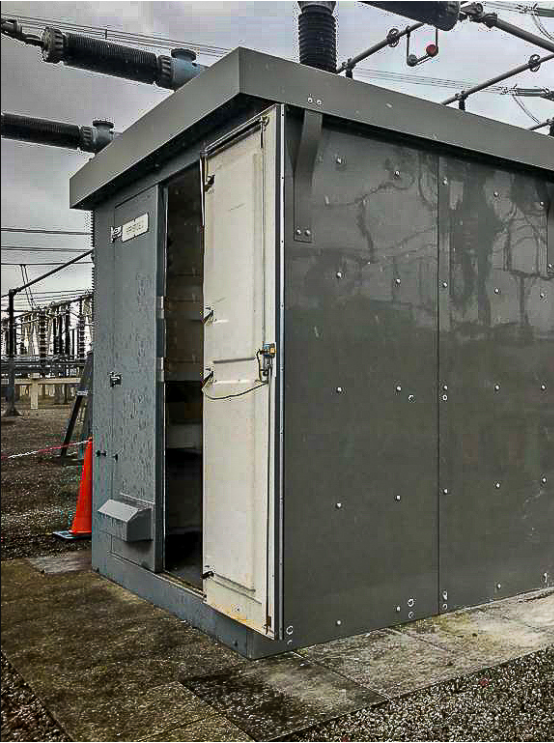When it comes to keeping your electrical equipment safe and sound, a little planning goes a long way—especially when placing indoor switchgear inside an outdoor enclosure. Moisture can be one of the biggest challenges to overcome, but with a few proactive steps, you can ensure your installation stays protected for years to come. Let’s dive into effective moisture management techniques to keep your switchgear in top shape. Maybe a word with civils could save potential headaches in the future.

Concrete Base Considerations for Moisture Protection
The foundation is key to a successful installation. In this case, we’re talking about the concrete base beneath your outdoor enclosure. Concrete naturally retains moisture, which can pose challenges for the switchgear frame, especially since we are supplying a painted mild steel framework. Painted mild steel is particularly vulnerable to corrosion if exposed to excessive moisture, making it crucial to prevent the concrete base from contributing to this risk.
To avoid issues, it’s essential to put a moisture barrier in place between the concrete base and the switchgear. This could be a waterproof membrane or a layer of sealant that stops moisture from wicking up into the enclosure. Without this barrier, moisture from the concrete could compromise the integrity of the painted frame, leading to rust and corrosion over time. Taking these precautions will ensure your switchgear stays in great condition and performs reliably.
Managing Water Drainage Around the Enclosure
Water pooling around your enclosure is something you definitely want to prevent. To tackle this, we recommend making sure that your concrete base is slightly sloped to allow water to run off, paired with a drainage channel to help direct any excess water away. A well-planned drainage system can make a huge difference in keeping your equipment dry and protected.
Elevate Your Switchgear for Extra Moisture Protection
Reducing moisture risk can also be achieved by raising the switchgear slightly above the concrete base. Mounting it on a plinth or a sturdy frame creates an extra layer of protection, keeping the equipment elevated and away from any potential dampness on the ground.
Ensure Proper Ventilation and Dehumidification
Outdoor enclosures can become humidity traps if not properly managed, which is why ventilation is key. Ensuring there is adequate airflow within the enclosure will help prevent condensation buildup. Adding a dehumidifier or installing passive vents can also work wonders in keeping moisture levels under control and ensuring a dry environment.
Seal it Tight: Protect Against Rain and Humidity
To keep rain and humidity out, it’s essential to use high-quality gaskets and sealants around all openings. A tight seal will keep everything dry and protected, even in challenging weather conditions.
Routine Maintenance is Key for Longevity
Lastly, having a routine inspection plan is crucial to maintaining your switchgear. Regularly checking seals, looking for signs of rust, and addressing any buildup of moisture before it becomes a problem can significantly extend the lifespan of your equipment.
By following these moisture control tips, you can ensure your installation is set up for success. Just a few proactive steps can make a world of difference in keeping your switchgear running smoothly and safely, no matter what the weather brings.
Related Reading
Protecting Your Switchgear: Why Temperature and Humidity Matter?
How to Keep Humidity Out of Your Outdoor Switchgear Enclosure
How to Protect Your Switchgear from Temperature Swings – Switchgear Builders
Disclaimer:
The information provided on this site is for general informational purposes only and may not reflect the most current regulations or standards. Legislation, industry guidelines, and best practices can change over time, and it is the user’s responsibility to research and ensure compliance with the latest requirements for their specific situation. Always consult a qualified professional for advice tailored to your project or application.
